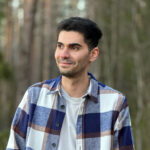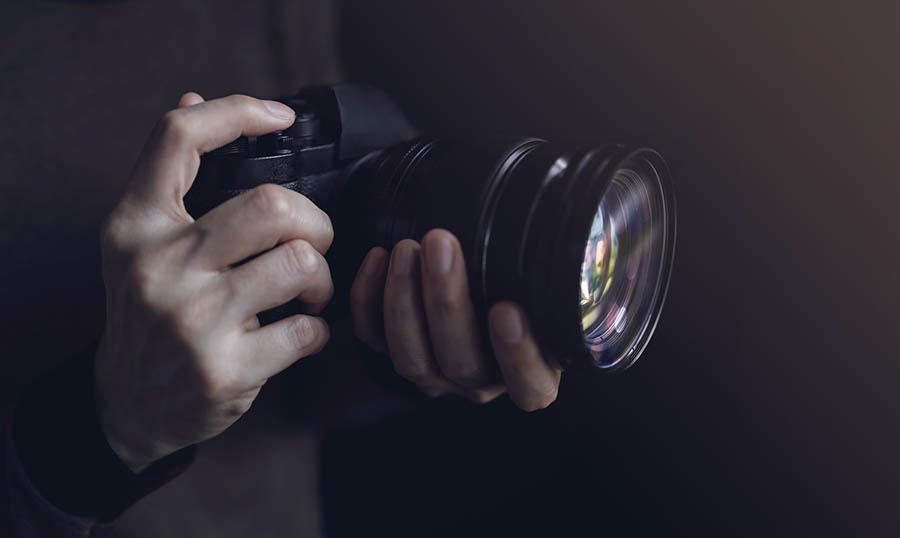If you’re a photography enthusiast, you’ve likely heard of the term “shutter speed.” But what exactly is it, and why is it essential for taking great photos? In this article, we’ll cover the basics of shutter speed and how it affects the outcome of your photos.
What is Shutter Speed?
Shutter speed is basically how long the camera’s shutter stays open when taking a photo. It can be set to a fraction of second or several minutes, depending on the camera’s settings and the photographer’s choice.
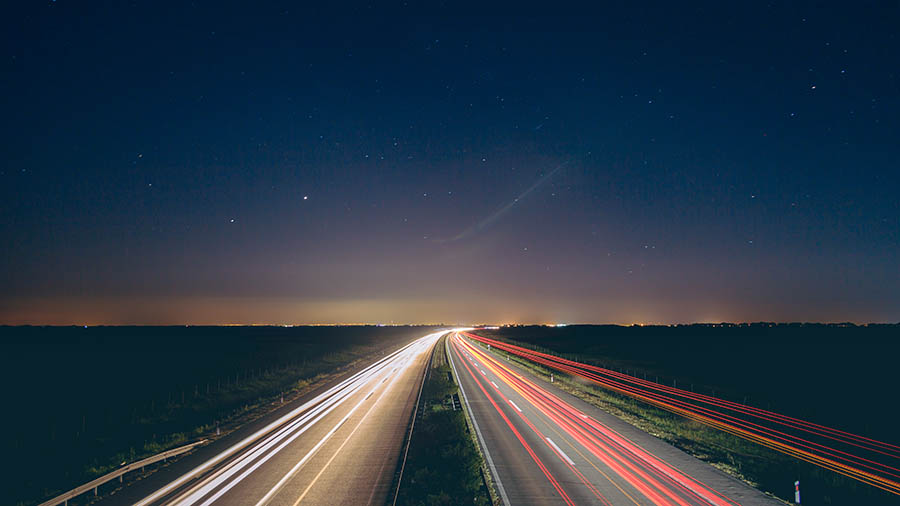
Why is Shutter Speed Important?
Shutter speed is crucial for capturing sharp, well-exposed images. The action can be frozen when using fast shutter speeds, but slower shutter speeds can produce motion blur and communicate a feeling of movement. The right shutter speed can also help you control the light entering the camera, allowing you to expose your photos properly.
Understanding Shutter Speed Numbers
Shutter speed is usually measured in seconds or fractions of seconds. The higher the number, the faster the shutter speed, and the shorter the time the shutter is open. Conversely, the lower the number, the slower the shutter speed, and the longer the duration of time the shutter is open.
Shutter speed is the length of time that the camera’s shutter is open. For example, A shutter speed of 1/1000 means that the shutter is open for one one-thousandth of a second, while 1/30 means the shutter is open for one-thirtieth of a second. Fast shutter speeds freeze motion and capture sharp, detailed images of fast-moving subjects such as athletes or wildlife. Slow shutter speeds, on the other hand, capture motion blur and convey a sense of movement. They can also create artistic effects such as light trails or silky waterfalls.

It’s important to note that shutter speed is only one of the three pillars of photography, along with aperture and ISO. The relationship between these three settings is known as the exposure triangle, and mastering how to balance them is critical to achieving proper exposure and creative vision in your photos.
Shutter speed numbers are often displayed in the camera’s viewfinder or LCD screen. They typically range from 1/8000 (the fastest shutter speed) to 30 seconds (the longest shutter speed). Some cameras also have a “Bulb” mode, allowing the shutter to remain open for several minutes or hours.
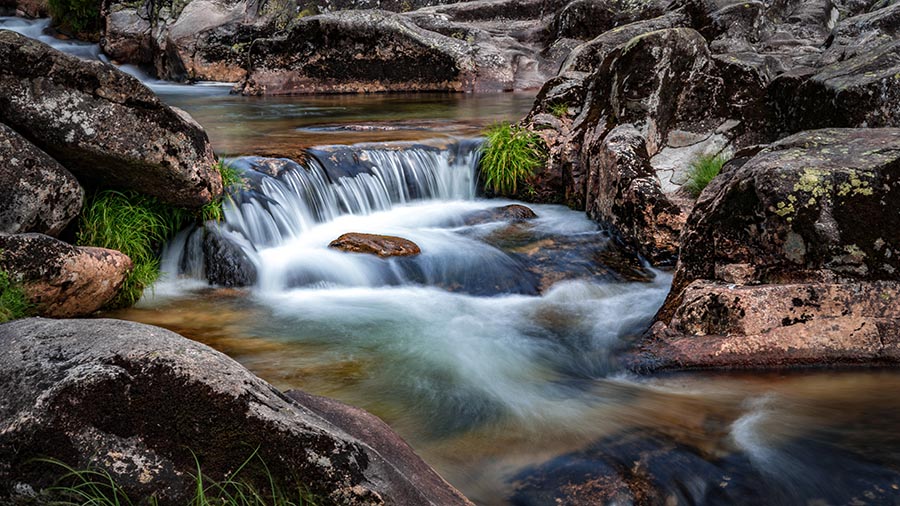
Choosing the Right Shutter Speed
The right shutter speed depends on various factors, including the amount of available light, the subject’s movement, and the desired outcome of the photo. Here are a few general guidelines to follow:
- To capture fast-moving subjects like wildlife or sports events, it’s best to use fast shutter speeds of 1/500 or faster. This ensures that the subject is frozen in motion and avoids motion blur in the image.
- Medium shutter speeds (1/60 to 1/250) are suitable for everyday photography, such as portraits and landscapes.
- Slow shutter speeds (1/30 or slower) can create motion blur and are often used for creative purposes, such as capturing light trails or waterfalls.
In low-light conditions, you may need slower shutter speeds to expose your photos properly. However, this can increase the risk of camera shake, resulting in blurry images. You can use a tripod or increase your camera’s ISO setting to minimize camera shake.
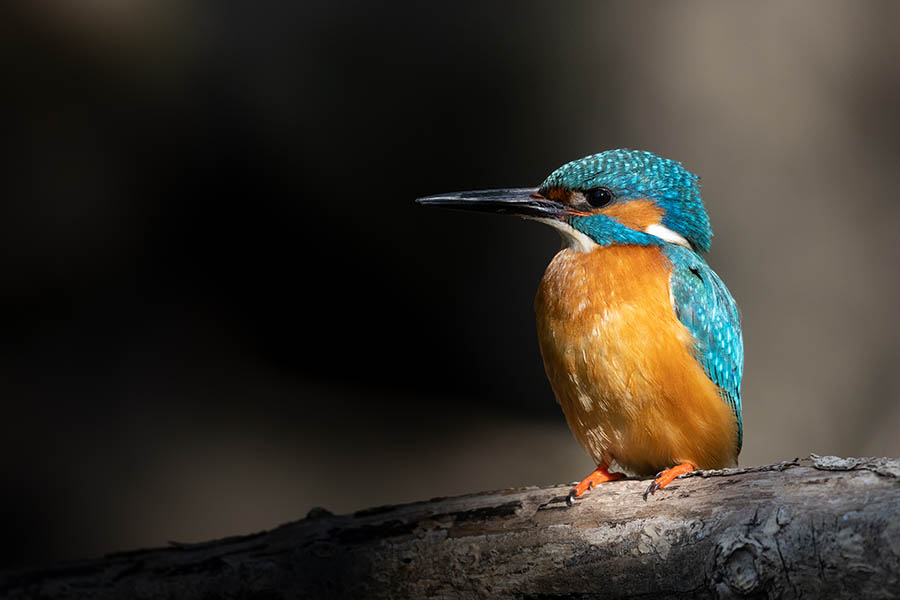
Shutter Speed and Exposure
Shutter speed, along with aperture and ISO, is one of the three elements that affect exposure. The exposure triangle, as it’s commonly known, is a crucial concept to understand for taking great photos.
Fast shutter speeds allow less light, preventing overexposure in bright conditions. Conversely, slower shutter speeds permit more light, preventing underexposure in low-light conditions. However, it can also increase the risk of camera shake, so it’s crucial to balance the exposure with the desired outcome of the photo.
Shutter Speed and Depth of Field
It also affects the depth of field, which refers to the amount of the photo in focus. A fast shutter speed can create a shallow depth of field, while slow shutter speeds can create a deeper depth of field.
For example, when photographing a portrait, a shallow depth of field can create a blurred background that draws attention to the subject’s face. Conversely, when photographing a landscape, a deeper depth of field can ensure that the entire scene is in focus.

What is Low Shutter Speed?
A low shutter speed refers to a longer duration of time that the camera’s shutter remains open, typically at 1/30th of a second or slower. This extended duration allows the camera to capture more light, producing brighter exposure. But it also means that any movement in the scene will be captured as motion blur.
Low shutter speeds can create a sense of motion and energy in your photos, which can be used to convey a variety of emotions and feelings. For example, an image of a city street with a blurred car passing by can create a sense of movement and activity. A long exposure to a waterfall can create a smooth, flowing effect in the water.
What is Shutter Speed in Video
It can also impact how motion is captured in videos. Slower shutter speeds will generate more motion blur, whereas faster shutter speeds will produce a clearer and more defined image. This feature can be utilized to create various effects and moods in your videos.
For example, slow shutter speeds can create a sense of movement and energy, which can be useful for action scenes or sports videos. On the other hand, faster shutter speeds can create a more static, stable image, which can be useful for interviews or dialogue scenes.
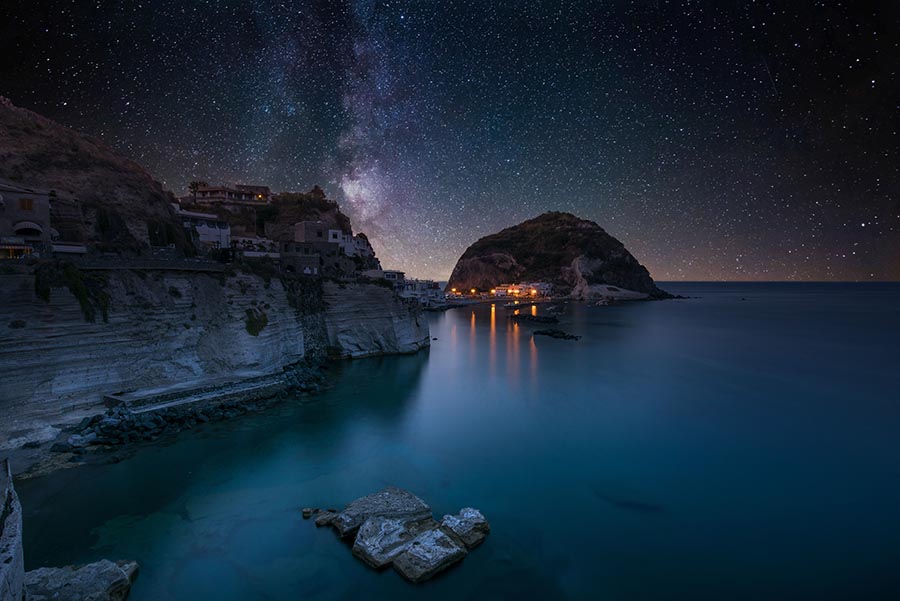
How to set up the shutter in Night Photography
One of the critical settings in night photography as it determines the amount of light that enters the camera and the length of time the camera’s shutter remains open to capture the image.
In low light conditions, it is common to use slower shutter speeds of several seconds or more to allow enough light to enter the camera and capture a well-exposed image. However, longer shutter speeds also increase the risk of camera shake or blur caused by the movement of the camera during exposure.
To combat camera shake, it is recommended to use a tripod or a stable surface to rest the camera on. To prevent camera movement when the shutter is released, you can use a remote shutter release or a self-timer. Night sky photography often requires longer shutter speeds of 15 seconds to several minutes to capture the stars and Milky Way. However, due to the earth’s rotation, the stars appear to move across the sky, resulting in star trails instead of pin-point stars in the image. This effect can be desirable or not, depending on the photographer’s preference.
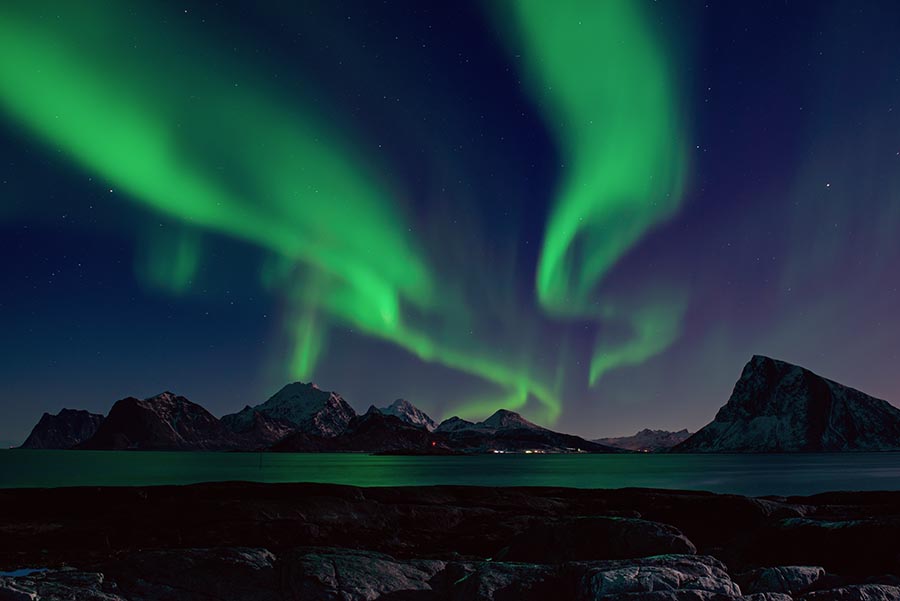
Additionally, using a higher ISO setting can help to compensate for the reduced light and enable the use of faster shutter speeds. However, increasing the ISO setting can also introduce noise or grain into the image, which can be detrimental to image quality. Longer shutter speeds can capture more light but also require a stable camera platform or remote shutter release. With the right technique and settings, night photography can produce stunning images that capture the beauty of the night sky.

